Crusher dust is a byproduct obtained during the crushing process of rocks into smaller particles. It is commonly used in construction and landscaping due to its various benefits with its main use being as a base for paving and as a bedding material. It is known by various names including packing sand, bedding sand (although less common and has its cons explained below), crusher run, quarry dust, and sometimes road base. This material consists of crushed stone (usually basalt or Blue Metal but can be any crushed stone) and mineral particles produced when rocks break down. Its composition includes a mixture of different-sized particles, ranging from fine powder to small fragments.
The size and characteristics of the crusher dust can vary depending on the source and type of rock being crushed. The particles of crusher dust are generally smaller and more finely graded than traditional stone or gravel. This allows it to be more compact and offers better drainage characteristics. It is often used as a base or bedding material for paving stones, concrete slabs, and other construction projects, providing stability and compactness.
Additionally, the rough texture of the crusher dust particles helps improve drainage and prevent erosion. With its versatility and practicality, crusher dust has become popular in the construction industry in Australia.
While crusher dust and packing sand can have some similarities, and some suppliers sell “packing sand” which is actually a crusher dust, it can become very confusing. For the purposes of this article we are going to use them as two separate materials, although many suppliers in Newcastle use them interchangeably.
The reason suppliers use either terms is becuase they are both a sturdy and durable coarse material that’s has the same uses and applications. Both are used for heavy duty projects such as under concrete slabs. Some Landscapers like to use it as a base for pavers but for Crusher Dust made from basalt this is not recommended.
Crusher Dust and packing sand are not technically the same material in Australia. Crusher dust is a byproduct of crushing stone (usually basalt) to make aggregates while packing sand is produced by screening and processing sand.
Some key differences:
• Particle size – Crusher dust particles are generally larger and less uniform from 5mm down to a dust, while packing sand has particles approx 0.5mm and is generally finer. Also, Packing sand particles are more uniformly sized.
• Material – Crusher dust is made from crushed stone and rock, typically granite, basalt or limestone. Packing sand is made from natural deposits of sand and does not go through a crushing process, but it does go through a screening process.
• Compaction – Due to its smaller, more uniformly sized particles, packing sand tends to compact better and become denser than crusher dust. This makes it a better choice for applications that require a very stable base and why its extremely populat under concrete slabs and water tanks.
• Drainage – The more uniform particle size of packing sand also means it has better drainage properties compared to crusher dust. Water can move more freely through the pores between particles.
So in summary, while crusher dust and packing sand have some overlap in uses as a base material, they differ in their particle size, composition and characteristics. You will notice some suppliers sell crusher dust as a packing sand which is totally fine. Depending on your specific project requirements, one may be better suited than the other. Both remain excellent options for a stable, well-draining base for paths, landscaping and more.
Crusher Dust in Australia originates from a variety of different geological sources, depending on the local rock types and quarries. Some of the most common geological formations that crusher dust is derived from include:
• Granites – These hard igneous rocks formed from cooled magma are common throughout Australia. Granite crusher dust is pale grey to pink in colour.
• Basalts – Formed from lava flows, basalts are the most common igneous rock and source of crusher dust, especially in Victoria and Tasmania. Basalt dust is dark grey to black. This is the most common form of crusher dust in Australia where it is also called Blue Metal Dust.
• Limestones and Dolomites – Sedimentary rocks consisting mainly of calcium carbonate, limestones and dolomites underlie large parts of Australia. Crusher dust from these rocks is off-white to pale brown.
• Sandstones – Widespread sedimentary rocks formed by cemented quartz sand, sandstone quarries provide crusher dust that is pale brown to reddish in colour.
• Quartzites – Metamorphosed sandstones that have been transformed into hard quartz-rich rock, quartzites yield pale grey to white crusher dust.
The geological age and formation history of these parent rock types influences properties of the resulting crusher dust like hardness, density and chemical composition. However, in general terms crusher dust in Australia is a versatile and economical material that can be used for a wide range of construction, landscaping and agricultural purposes due to its granular nature and composition of crushed stone.
Packing Sand in Australia typically consists of weathered quartzite and sandstone particles. These sedimentary rocks are very common across the continent, formed from sand deposits laid down over hundreds of millions of years.
The most common sources of packing sand are:
• Alluvial deposits: Formed by rivers depositing sand particles over long periods of time. These tend to produce well-rounded sand grains ideal for packing sand.
• Aeolian deposits: Windblown sand deposits, especially in desert regions. Again, winds shape the sand into spherical grains suitable for packing sand.
• Weathered sandstone: When sandstone rock weathers and breaks down, it produces sand particles similar in size and shape to the original sand grains that formed the rock.
The ideal packing sand will have well-rounded, evenly-sized particles dominated by quartz mineralogy for durability. Impurities like clay or silt should be minimal but this can vary from supplier to supplier with some having high clay content. the RUBBL app will help with this by allowing you to compare between suppliers. Sieving the sand helps create a uniform grain size distribution.
In summary, packing sand in Australia is primarily sourced from weathered quartz-rich sedimentary rocks like sandstone and alluvial or aeolian sand deposits. The geological processes of weathering, transport and deposition shape the sand into its ideal spherical form over long timescales. The end result is material with properties well-suited for use as packing sand.
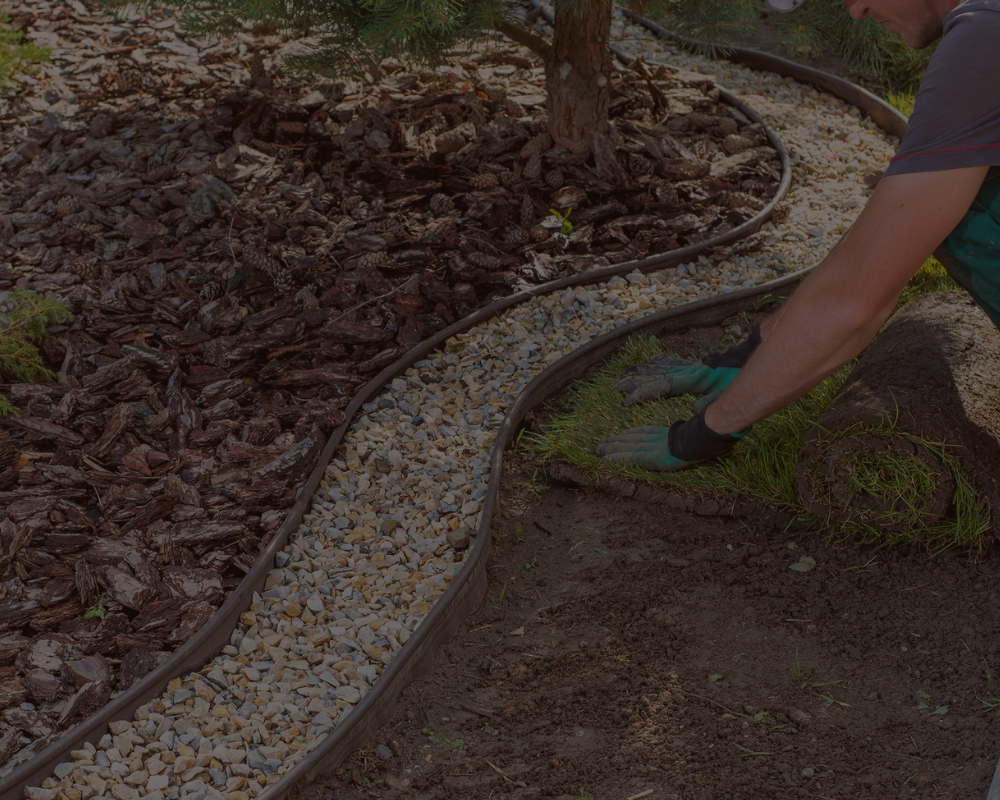
Crusher dust is cheaper than traditional gravel or stone aggregate, making it a more affordable option for projects that require a base layer. Crusher dust offers a cost-effective alternative to materials like gravel and crushed stone. Crusher dust is cheaper than alternatives becuase it is a byproduct of the aggregate crushing process. When large rocks are crushed to form gravel and other aggregate products, a fine dust is produced as a byproduct. Since this dust is not the primary product being produced, it is often sold at a lower price.
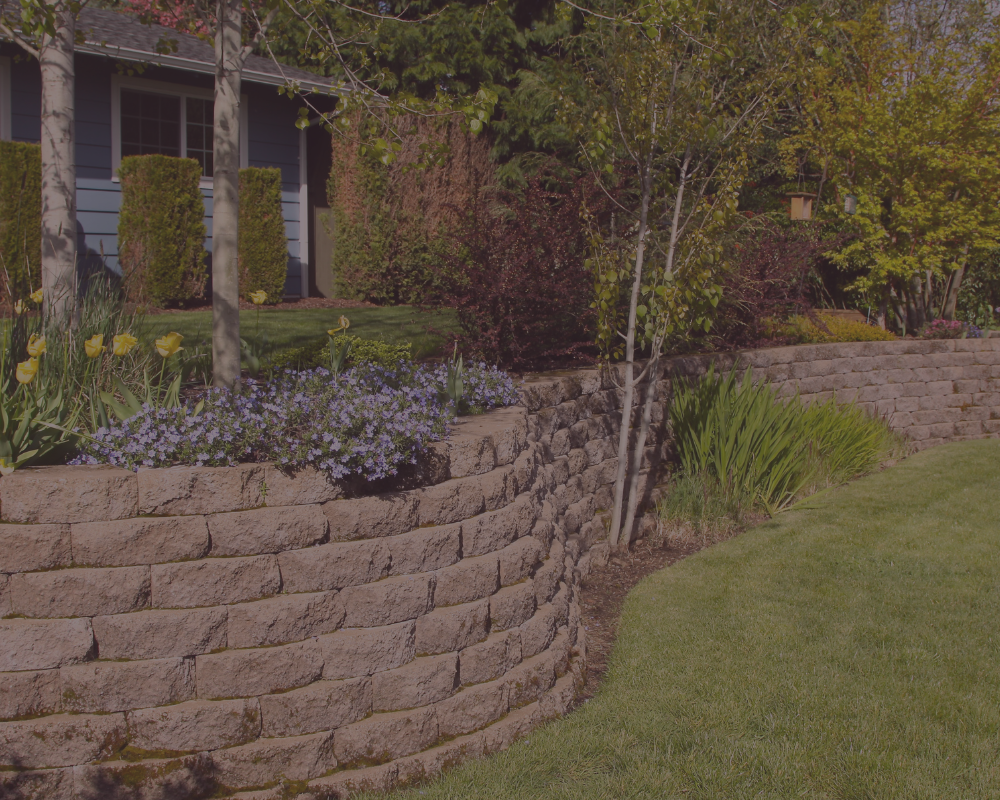
The small particle size and void spaces between particles allow water to drain through crusher dust layers effectively. This is beneficial for pavement, retaining walls, and landscaping. The fine particles of crusher dust form a permeable layer with spaces between the particles, allowing water to drain through. Unlike 10-40mm aggregates, Crusher Dust does not drain as well in heavy rain becuase its finer.

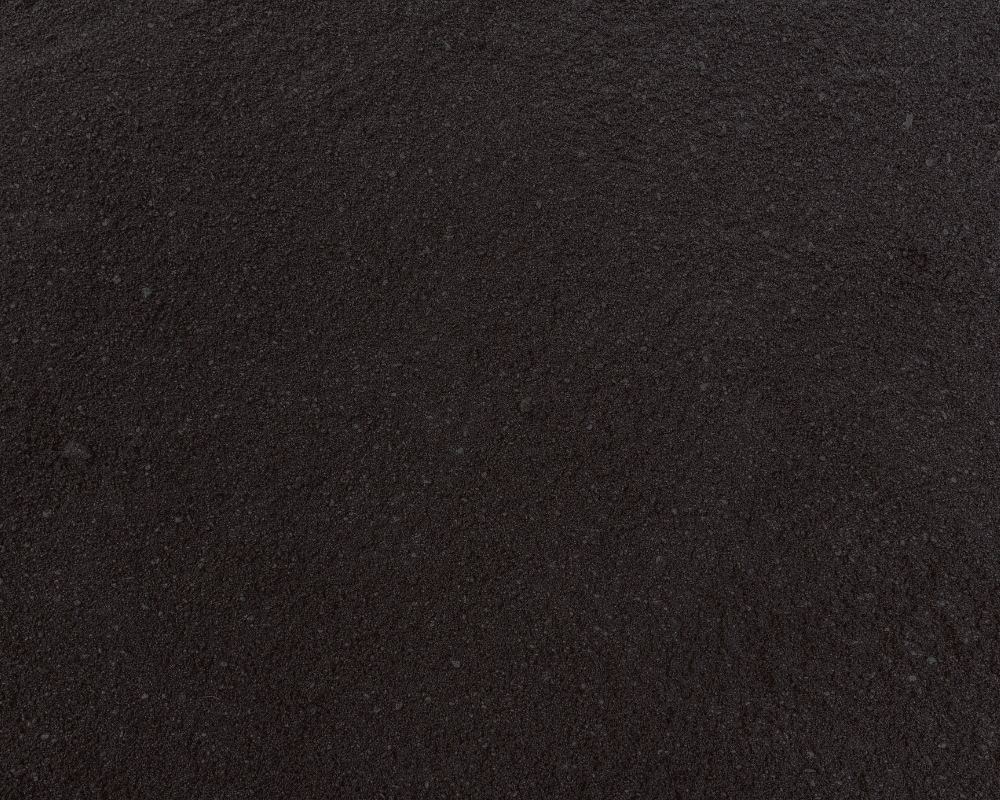
Crusher dust is well-graded and compactable which is why it’s also called Packing Sand, Paving Sand or Bedding Sand. This allows it to form a stable base for other construction materials such as pavers. The particles of crusher dust are uniformly graded, filling in gaps and compacting well under pressure. The larger particles help with drainage whilst the smaller fine dust helps with compaction.
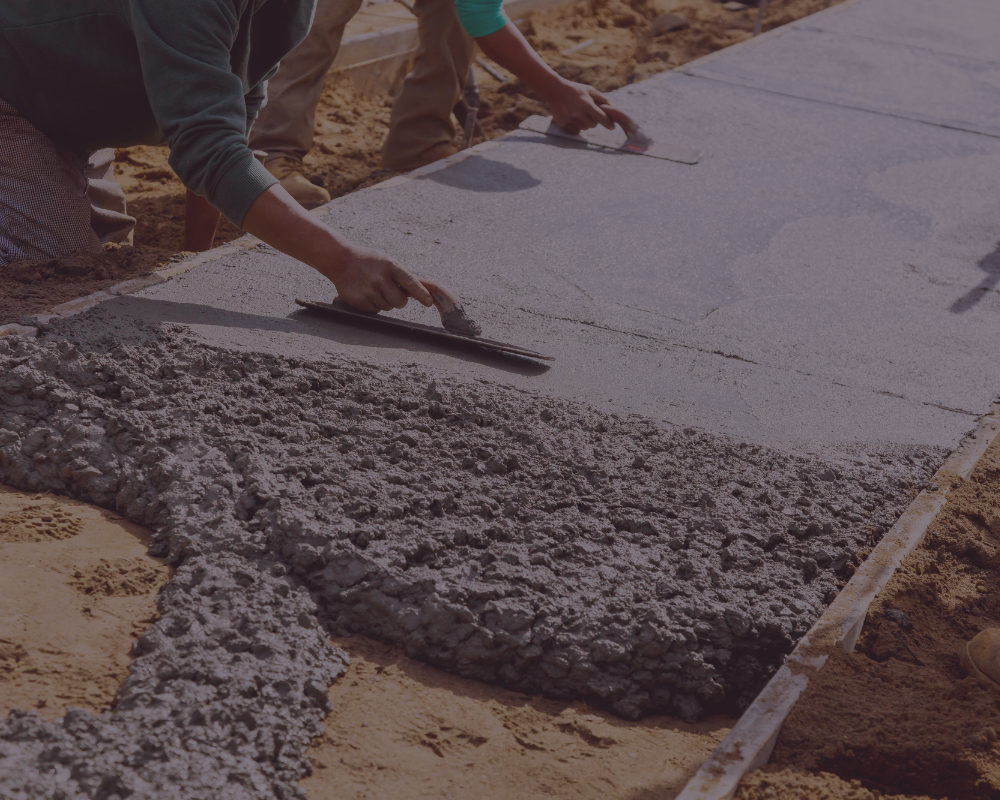
When used as an additive in concrete and mortar, crusher dust can fill voids between cement particles and increase the overall strength. By filling in the spaces between cement particles, crusher dust can increase the density and strength of concrete and mortar mixtures.

With a simple screen layout and step by step ordering process, ordering sand supplies takes less than under 2 minutes
View and compare prices from nearby Suppliers up front so you can decide what’s best for you
We embody precision. Our drivers have all the information they need to provide a top delivery service
Crusher dust, which is relatively affordable, is commonly utilized as a filler and packing material surrounding water tanks, to backfill trenches and beneath concrete pathways, slabs, tank pads and driveways, and blended with natural sands to enhance concrete shrinkage and water demand or for any areas requiring compaction. This product can also be mixed with cement to create a stronger mixture.
Crusher dust is commonly used as a base layer for pavement constructionand small roads. It provides a stable base that helps distribute loads. Do not use it for roads with hgh traffic, save that for a Road Base
The small particles of crusher dust compact well and fill voids between larger aggregate pieces.
As a permeable material, it allows water to drain through the pavement structure.
Crusher dust can be mixed into existing soil to improve its structure and drainage, although this is less common
Adding around 20% crusher dust by volume to clay-based soil can help aerate the soil and allow for better root growth.
Mixing crusher dust into concrete or mortar can reduce the cost while maintaining strength.
Around 15-30% replacement of fine aggregate with crusher dust is generally recommended.
Crusher dust makes a permeable base for paving, pathways, patios, and other hardscaping in landscape design.
It is used as a levelling and compacting agent
It can also be used as a mulch or top dressing around plants to help retain moisture and control weeds.(less common)
The weight conversion from cubic metres to tonnes for crusher dust can vary depending on the material and compaction, but is typically 1.6 tonnes per cubic metre. The factors that influence the conversion include:
• Particle size – Finer particles will weigh more per cubic metre compared to coarser particles.
• Material type – Different rock types have varying densities, which affects the weight.
• Compaction – More compacted crusher dust will weigh more per cubic metre.
• Voids – The amount of void space between particles impacts the weight. More voids mean less weight per cubic metre.
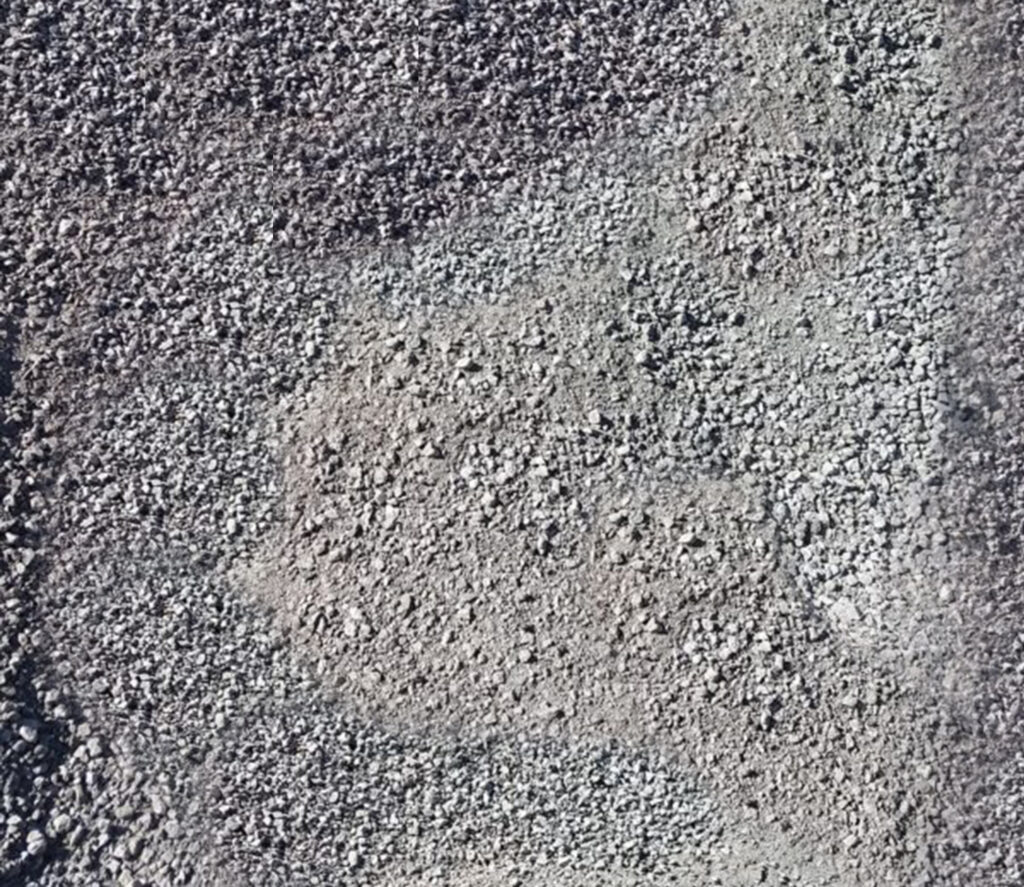
Assuming a standard blue metal crusher dust which is approximately 1.6 tons per cubic meter. To convert cubic meters to tonnes, you can use the formula:
Tonne=Cubic Meter×DensityTonne
For example, if you have 5 cubic meters of crusher dust, the conversion to tonnes would be:
5 m3×1.6 tonnes=8 tonnes
The process of getting Crusher Dust or Packing sand delivered to your project site involves careful consideration of various factors, including your delivery preferences and requirements.
RUBBL is your go-to packing sand delivery partner. With three effective delivery options to suit all your landscaping needs, vehicle tracking, paperless invoicing, ordering, and receiving crusher dust/packing sand is a breeze!
There are other considerations to consider when ordering Crusher Dust, and RUBBL has them all covered. Factors such as site access, timing, and site preparation should be taken into account to prevent delays and complications. With the RUBBL App, you can specify all this information with ease, making your delivery incredibly simple and hassle-free.
Crusher Dust has many other names, mainly due to its various uses and applications. It also goes by the name of:
Crusher dust, also known as quarry dust, can be used as an alternative to bedding sand under pavers. While it has some benefits, there are a few considerations to keep in mind:
Pros of using crusher dust:
It is cheaper and more readily available than bedding sand in many areas.
The particles are angular in shape which allows for better interlocking and stability compared to rounded sand particles.
It can provide a firmer base that limits pavers from sinking.
Cons of using crusher dust:
The particles are finer which makes it harder to compact well and can leave gaps.
It tends to retain more moisture which can cause pavers to lift over time due to frost.
The dust particles can stain the pavers over time, especially lighter colored pavers.
In summary, while crusher dust is a cheaper alternative, using proper bedding sand is generally recommended to provide a stable, well-draining base that limits the risk of pavers lifting or cracking. The key is to ensure the bedding sand is well-graded, clean and compacted thoroughly.
Despite not many builders using crusher dust as a concrete, it can be used as an alternative to sand in concrete mixes. It is often preferred for its workability and durability, many builders just dont know it yet!
The depth to which crusher dust should be applied depends on the intended use and load-bearing requirements. Typically, for driveways or paths, a depth of 50-100mm is common, but it's essential to consider engineering standards and project specifications.
Spread the crusher dust in an even layer to the desired depth.
Water the dust thoroughly to help it settle and compact. This helps the particles bind together.
Use a hand tamper or compactor to firmly press the dust into the underlying soil. Apply firm, even pressure in multiple passes to fully compact the dust.
Once the dust is leveled and tamped, add another layer and repeat the compacting process.
Continue leveling, watering and compacting the crusher dust in layers until you reach the desired thickness.
After the final layer, make a final pass with the tamper or compactor to ensure the dust is firmly compacted.
Yes, crusher dust is beneficial when used as a soil amendment in gardens. It helps improve drainage, aeration and nutrient retention due to its porous and granular nature. However you must use it sparingly, only spread it very thin
In most cases, crusher dust is safe to use in gardens when applied in moderate amounts. However, some types of crusher dust that are high in alkaline content could raise the soil pH and impact acid-loving plants.
Crusher dust is used as base material and road base for driveways, parking areas and roads. It is also used as a levelling material and subbase for slabs and footings.
Yes, using crusher dust as a base before laying decorative pebbles is a good idea. It helps create a stable, level surface for the pebbles to sit on and prevents them from sinking into the soil over time. Here are the basic steps:
First, excavate the garden bed to the desired depth, usually around 10-15 cm. Then spread a layer of crusher dust that is 5-10 cm thick and rake it level.
Next, moisten the crusher dust with water. This will help it settle and compact when you walk on it. You can also use a tamper or compactor to firmly press the dust into the soil.
Once the crusher dust base is level and compact, lay your decorative pebbles on top. Spread the pebbles evenly across the garden bed, filling any low spots.
For the best results, use pebbles that are at least twice as large as the maximum size of the crusher dust particles. This will prevent the pebbles from sinking into the dust over time.




RUBBL enables the ordering of your bulk materials to be efficient & effortless by digitizing the entire process. The App connects Building Contractors, Suppliers and Transporters to create a reliable and rapid way to receive your sand, stone, gravel and mulch.
Servicing the Greater Newcastle Region